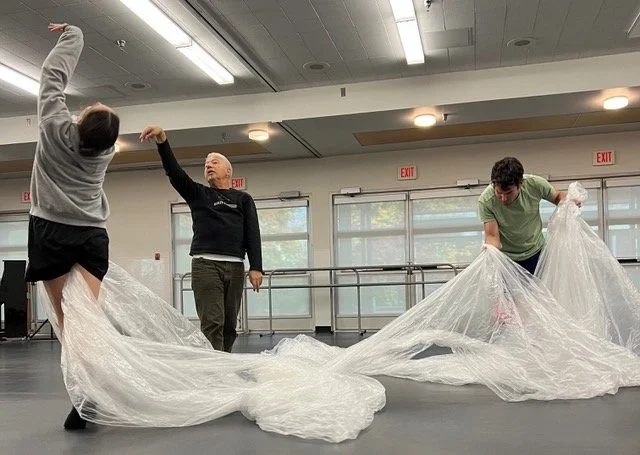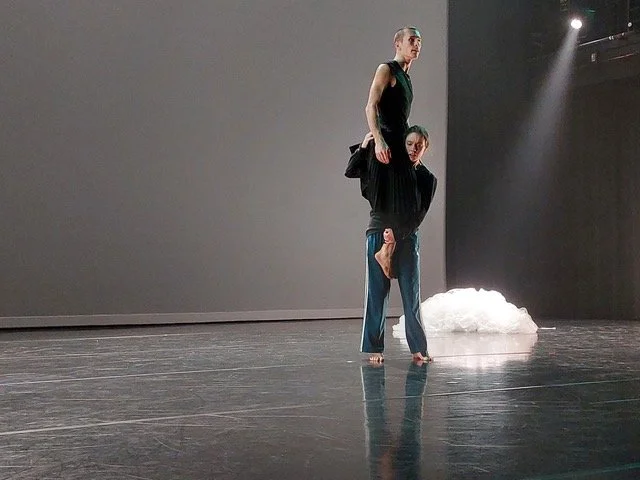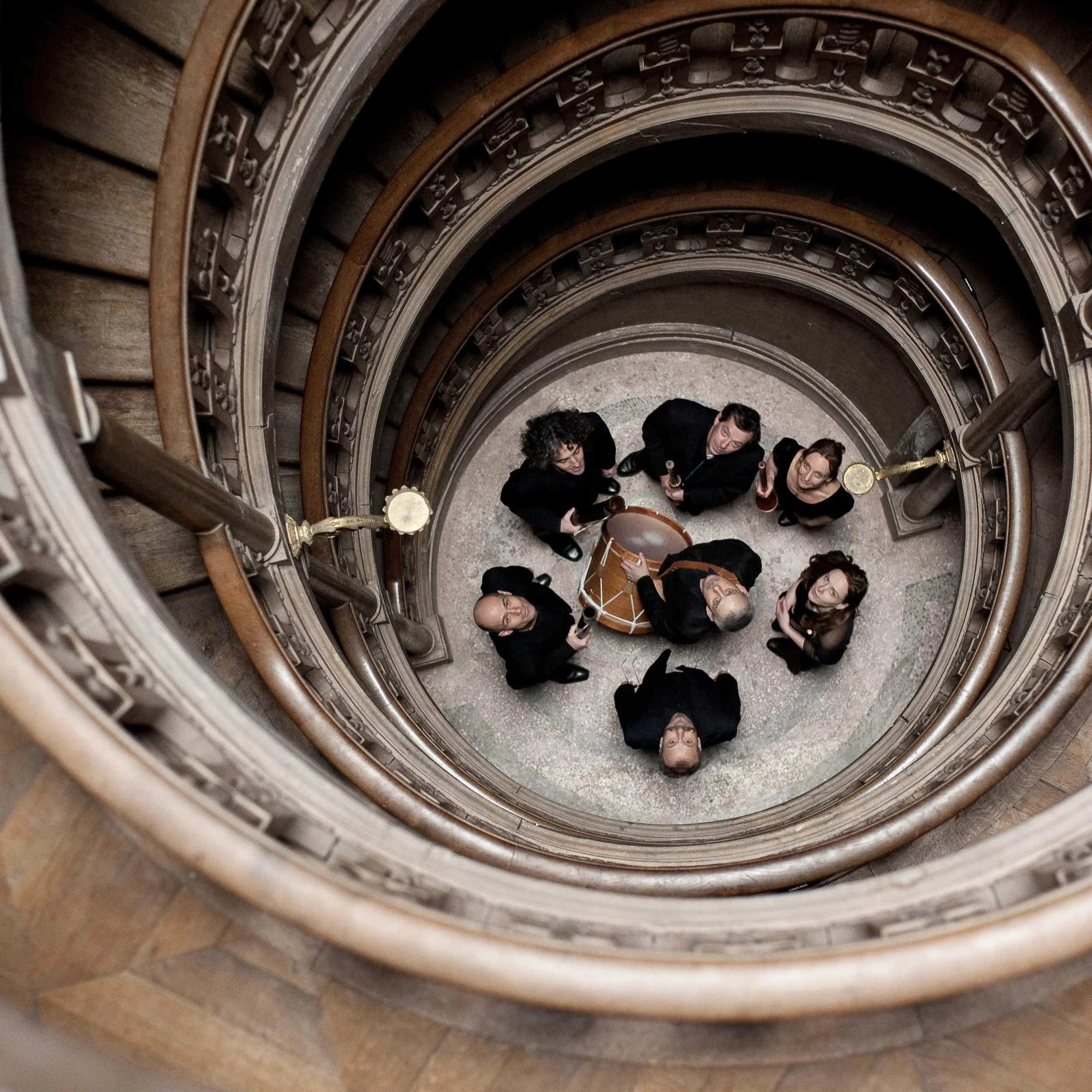Stir Q&A: Plastic pollution and human toxicity swirl in Kinesis somatheatro's new Noxious
Choreographer Paras Terezakis talks Pacific gyres, microplastics, extremism, and the open dialogue that can happen in a studio
Alicia Clark, Paras Terezakis, and Juan Villegas in rehearsal for Noxious.
“HARMFUL, POISONOUS, OR VERY UNPLEASANT”: that’s the dictionary definition of Noxious, the title of a new dance creation by Paras Terezakis that looks at how the word applies to our Earth and ourselves.
Experimenting with plastic sheets and drawing on years of research, the artistic director of Vancouver’s Kinesis Dance somatheatro is premiering the dance piece at the Shadbolt Centre for the Arts from November 16 to 19.
Stir caught up with him to talk about the pollution and plastic bags that sparked the idea, the way the theme expanded, and the dialogue that happened in the studio.
Noxious began with research into plastic pollution and the tsunami in Japan. How did you come to that initial subject?
My reflection on plastic pollution has been front of mind for a long time. First while swimming in the crystal-clear Aegean Sea in my native Greece, I saw plastic bags disturbingly but fascinatingly wafting and rolling around with me in the water. Then later, following the tsunami in Japan and learning of the amount of its debris collecting in the giant Pacific gyros [gyres] – plastic and fragments of people’s lives travelling slowly across the ocean to eventually wash up on our coastlines. Later when visiting the Philippines, I was again triggered by how our wasteful Western society sends our garbage on to others’ territories instead of handling it ourselves. From the micro plastics that enter our bodies through what we eat, to the polluted air that we breathe, I continued to reflect on the pollution and toxicity around us and that that we carry inside of us.
Since then, the topic has expanded from literal pollution into the pollution of the psyche. How did that shift come about and what broader issues did you start exploring?
I think that it was actually always on my mind, not really a shift, more a natural evolution of the work. Through my whole life (and career), I’ve witnessed, observed and been affected by how toxic human beings can be. This work was first researched during a residency at the Movement Centre in Warsaw, a city that was destroyed by the Nazis during World War II. The second phase of research was done through a residency with The Dance Centre in the midst of the COVID-19 pandemic, that brought the worst out in some people. For the past few years, we’ve seen extremism, consumerism, racism, homophobia, climate-skepticism, conspiracy theories… gaining ground everywhere in the world. It made me realize that the topic of Noxious was about toxic environments and how the traumas human beings go through in life inform the climate and social crisis humanity find itself today. The toxicity that enters our inner self over a lifetime affects who we are, who we become and how we interact and navigate through life and thus our footprint on the earth.
Benjamin Defaria and Alicia Clark rehearse Noxious.
How did the dancers respond to the entanglement in plastic sheets in the studio, and how did that affect the movement you developed?
You’ll need to come see the piece to find out! But I do have an great cast assembled who are curious, adventurous and bring amazing energy and openness to the process.
You draw on the toxicity that has affected your own life, and your dancers’ lives. Can you explain a bit about the conversations that drove the piece, and how you created a safe space for that?
There were many conversations on the subjects of pollution, destruction, and toxic behaviors. Because Noxious has been researched and created collaboratively with many different dancers over the past four years, topics were very diverse: we all carry our own baggage.
I’ve always welcomed the strength, knowledge and power that comes from experiencing different perspectives, backgrounds and culture. When in research and production, I encourage my artistic collaborators to share their views and feelings, and I strongly believe it deepens our shared understanding of the work we do.
Paras Terezakis with the dancers of Noxious.
What do you hope the piece has to say about how we, as a society, might release ourselves from this tangle of plastic–this noxious garbage?
There is a long road before us on the hopeful path to reconciliation, change, reckoning and acceptance within ourselves and each other. I won’t tell people what they should feel when watching the piece, everyone can draw their own conclusion. Noxious may appeal to your inner feelings, two people might not see the same thing, but that is the whole point. We all have our life stories, and we all can relate to it to a certain extent. That is what we should remember: a better tomorrow can only come from building relationships to one another, with respect, responsibility, understanding, awareness and empathy.















